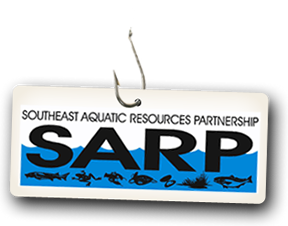Landscape Partnership Resources Library
Breakfast with Biologists July 24, 2025
Featured speakers from Ducks Unlimited, New Jersey Audubon, Quail & Pheasants Forever, Xerces Society, and the U.S. Fish & Wildlife Service will discuss NRCS programs and funding opportunities for upland and wetland habitat restoration, enhancement, and creation projects
Vanderhoof et al: Evaluation of the U.S. Geological Survey Landsat Burned Area Essential...
Evaluation of the U.S. Geological Survey Landsat Burned Area Essential Climate Variable across the Conterminous U.S. Using Commercial High-Resolution Imagery
Vanderhoof et al: Mapping wetland burned area from Sentinel-2 across the southeastern United...
Mapping wetland burned area from Sentinel-2 across the southeastern United States and its contributions relative to Landsat 8 (2016-2019). || Fire
Vanderhoof et al: Validation of the USGS Landsat Burned Area Essential Climate Variable...
Validation of the USGS Landsat Burned Area Essential Climate Variable (BAECV) across the conterminous United States. || Remote Sensing of Environment
Hawbaker et al: Mapping burned areas using dense time-series of Landsat data
Mapping burned areas using dense time-series of Landsat data || Remote Sensing of Environment
Vanderhoof et al: Modelling and mapping burn severity of prescribed and wildfires across..
Modelling and mapping burn severity of prescribed and wildfires across the southeastern United States (2000–2022).
Statement of Work: Evaluating Efficacy of Agricultural BMPs in the Upper Clinch, Powell, and Holston River Drainages
STATEMENT OF WORK FOR COOPERATIVE AGREEMENT 68-3A75-18- VIRGINIA POLYTECHNIC INSTITUTE AND STATE UNIVERSITY
Written Dissertation: Using an interdisciplinary approach to improve efficacy of agricultural conservation practices for protecting stream health
Dissertation submitted to the faculty of the Virginia Polytechnic Institute and State University in partial fulfillment of the requirements for the degree of Doctor of Philosophy In Fisheries and Wildlife Sciences, 2024
Maximizing the Water Quality Benefits of Wetlands in Croplands
Conservation Effects Assessment Project (CEAP) Conservation Insight
Storage and Release of Water in Coastal Plain Wetlandscapes
Conservation Effects Assessment Project (CEAP) Conservation Insight
Monarchs in the Southeast
A guide on the life history, common threats, and conservation measures you can implement to support Monarchs!
ANCHOR: An Opportunity to Change Landscape Connectivity Networks and Conservation Delivery At-Scale in the U.S.
Abstract: Connectivity modeling has been a tool available to the conservation community since the 1980s that guides our responses to habitat fragmentation. While the sophistication of computer modeling continues to grow, on-the-ground delivery remains challenging and lacks urgency. We present an approach to scale up delivery and do so within effective timeframes. The approach, termed ANCHOR (Areawide Networks to Connect Habitat and Optimize Resiliency), is grounded in connectivity science but executed in a manner that is flexible, expandable, and measurable. ANCHOR goes beyond the traditional protected area focus for establishing connected biomes to maximize the contributions of existing public lands and expand private landowner participation. The approach is applied using an umbrella species to represent a faunal group and/or multiple taxa to deliver co-benefits of landscape connectivity. Public lands receive connectivity rankings that are then used to engage potential connectivity partners who commit land units and collectively monitor improvements in habitat quality and landscape resiliency. The ANCHOR approach can guide unprecedented participation across agencies and departments to create public lands networks, while private and corporate lands establish landscape connections. To illustrate the approach, we present an example of native grasslands conservation in the central and eastern U.S. and an emerging partnership with the Department of Defense.
SE FireMap Fact Sheet
This document highlights the overall SE FireMap initiative – offering a technical summary of the project’s background, development process, timeline, and objectives.
Aquatic Connectivity Framework (ACF) Fact Sheet
The Aquatic Connectivity Framework (ACF) is a WLFW partnership effort that brings together public and private partners to tackle critical threats to watersheds across 16 states in the eastern and central U.S.
Bog Turtle Wildlife Habitat Evaluation Guide (WHEG)
WLFW uses WHEGs to evaluation before and after conditions anticipated from a contract.






















